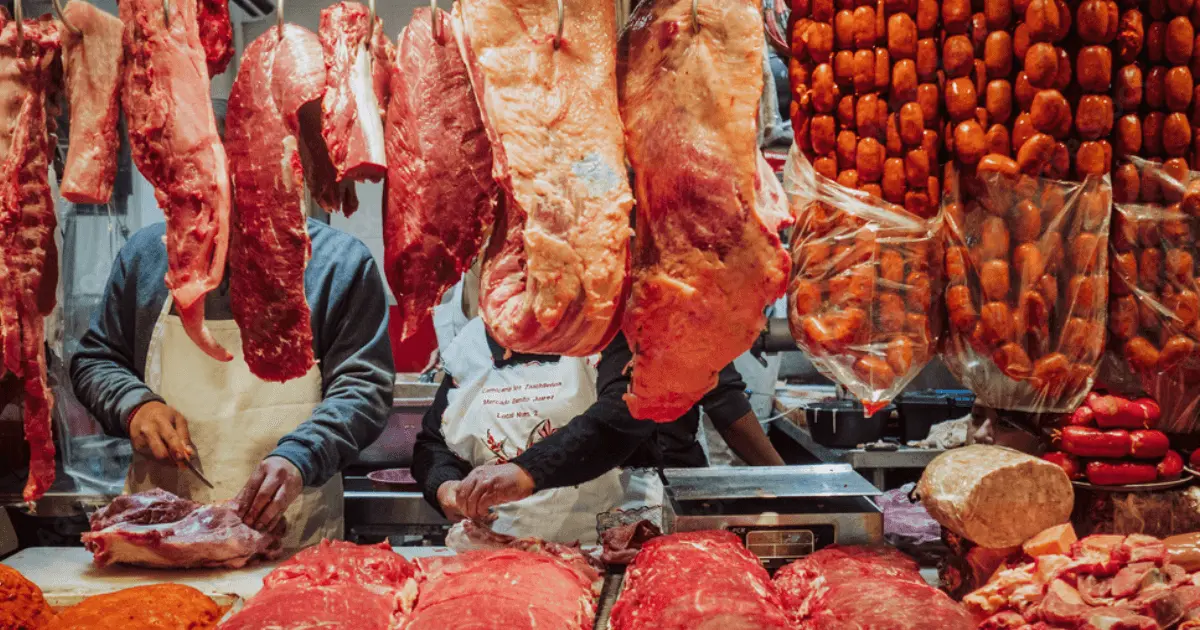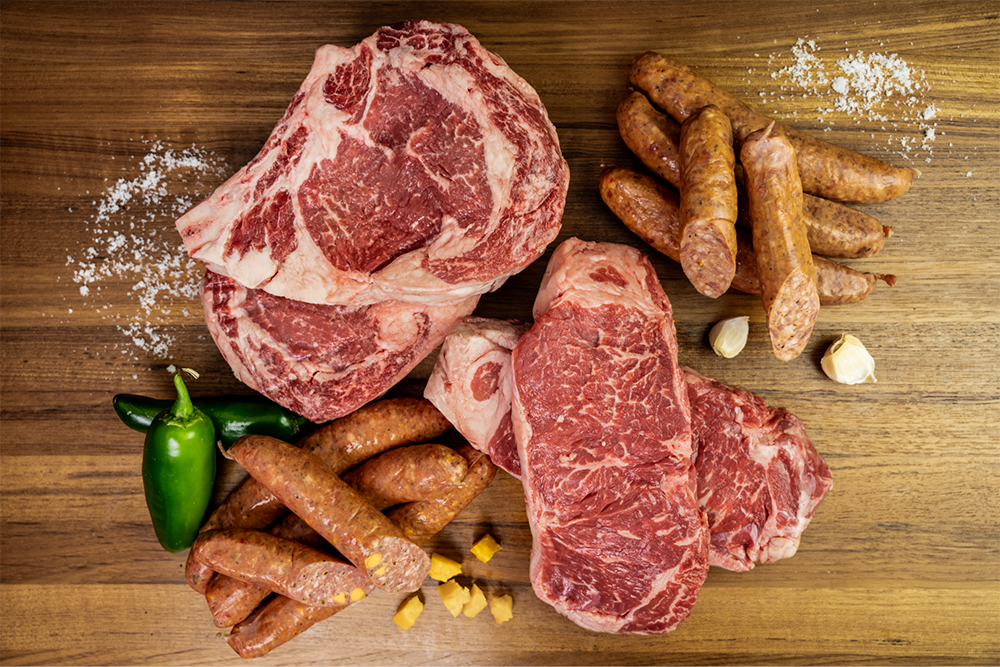What Makes Bagley Farms Meat Market Edwardsville IL Stand Out for Meat Lovers
What Makes Bagley Farms Meat Market Edwardsville IL Stand Out for Meat Lovers
Blog Article
Uncover the Art of the Butcher's Cut in a Modern Meat Market
In the ever-evolving landscape of modern meat markets, the butcher's cut has transcended its conventional origins, combining old-time workmanship with modern techniques. What really sets the modern-day butcher apart is their ability to forge a deeper connection in between customers and the origins of their meat.
Evolution of Butchery Techniques

The mid-20th century saw butchery methods further fine-tuned by clinical understandings right into muscle mass biology and meat aging, boosting both inflammation and taste. Developments like vacuum packaging and refrigeration prolonged item shelf-life, enabling butchers to expand offerings and boost quality assurance. This period also marked the increase of customized tools, such as band saws and meat slicers, which enhanced precision and effectiveness in meat handling.
Digital systems currently aid in monitoring animal provenance and enhancing cuts to satisfy details consumer preferences. In addition, a revival in artisanal butchery has arised, blending conventional skills with modern knowledge to provide to customers looking for moral and sustainable meat choices.

Recognizing Meat Cuts

Recognizing the ins and outs of meat cuts is vital for both butchers and customers looking for high quality and worth. For butchers, exact cuts reflect skill and respect for the craft, making certain minimal waste and optimum yield.
The main classifications of meat cuts consist of primal, sub-primal, and retail cuts. Primal cuts, such as the loin, rib, and chuck, are the large areas originally divided from the carcass. Butchers after that break these down additionally right into sub-primal cuts, before finally creating retail cuts readily available to customers, like ribeye or tenderloin. Each phase needs mindful attention to physiological structure and muscle mass make-up.
Comprehending muscular tissue make-up is essential; muscles used more frequently by the pet often tend to be harder and are best suited for slow-moving cooking approaches, while less-used muscles, like those found in the loin, are extra tender and suitable for cooking or roasting. Knowledge with these distinctions empowers consumers to make enlightened options, improving their cooking undertakings.
Selecting Quality Meat
Selecting the appropriate meat entails even more than just selecting a visually enticing item from the display screen. The art of picking top quality meat requires a critical eye and understanding of details attributes that signify pop over here quality and quality.
Second of all, consider the marbling, which describes the white streaks of fat within the muscle mass. Proper marbling is a crucial sign of tenderness and taste, as it thaws throughout cooking, boosting the meat's juiciness. Keep in mind, greater marbling often associates with superior high quality cuts, such as USDA Prime.
Appearance is an additional critical aspect; meat ought to really feel strong to the touch, not slimy or my link excessively soft. Furthermore, be conscious of the fragrance. Fresh meat ought to have a clean, neutral odor, cost-free from any kind of sour or off-putting smells.
Coupling Cuts With Cooking Techniques
Effectively matching cuts of meat with the proper cooking approaches is necessary for accomplishing ideal flavor and appearance. These techniques improve the meat's natural tastes and ensure a juicy surface.
On the other hand, harder cuts like brisket and chuck roast are abundant in collagen, which damages down right into gelatin when cooked slowly. These cuts are suitable for braising or slow-moving roasting, enabling the meat to tenderize gradually and create deep, complicated flavors. Cuts such as brief ribs and pork shoulder make out well with slow-cooking techniques, where extended cooking times transform their durable structures right into delicious recipes.
Lamb shanks and oxtail, which need prolonged cooking to tenderize, are best prospects for cooking or sluggish simmering. These techniques coax out rich, passionate flavors while maintaining moisture. By recognizing the one-of-a-kind features of each cut, cooks and home chefs alike can raise their cooking creations, guaranteeing each dish is both satisfying and unforgettable.
The Butcher's Duty Today
Browsing the evolving landscape of the modern-day meat market, the butcher's function today prolongs beyond mere preparation of cuts. Contemporary butchers are culinary artisans, instructors, and advocates for lasting techniques.
In addition to crafting precise cuts, butchers currently involve straight with consumers, supplying cooking suggestions and customizing options to match specific needs and preferences. Their proficiency in meat aging, marbling, and taste accounts empowers customers to make enlightened decisions, boosting their cooking experiences. This customized service exemplifies the butcher's progressing duty as a trusted advisor in the cooking area.
Additionally, butchers are crucial in reducing waste, using whole animals to produce diverse items such as sausages and stocks - bagley farms meat market edwardsville il. This comprehensive technique not only respects the animal but additionally straightens with modern sustainability objectives. In this way, the modern-day butcher symbolizes both custom and development, adjusting to an ever-changing market while maintaining the creativity and integrity of their craft

Final Thought
The contemporary butcher's craft elaborately weaves conventional strategies with contemporary developments, stressing lasting techniques and moral sourcing. Mastery in recognizing varied meat cuts and quality indications encourages butchers to offer enlightened suggestions, straightening particular cuts with optimum food preparation websites techniques. This experience not only boosts culinary experiences however also strengthens the link between consumers and the origins of their food. By recognizing historical methods while welcoming contemporary demands, the butcher's function stays vital in today's sophisticated meat market.
Report this page